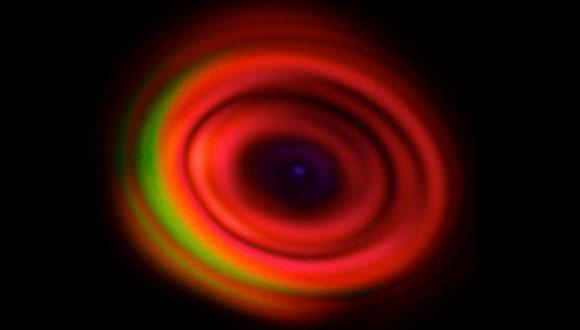LMI Seminar: Peptide Nanophotonics: Physics, Nanotechnology and Applications
Prof. Gil Rosenman, TAU
Abstract:
Encoding of human genome enabled development of new bionanomaterials self-assembled from chemically synthesized biomolecules. These bioinspired nanostructures opened the avenue for wide application fields such as tissue engineering, new drugs and nanotechnology.
In this work we report on a new concept of thermally-induced reconformation of peptide secondary structure in bioinspired nanoensembles. This biological phase transition of refolding native -helix-like structure into antiparallel -sheet network is followed by deep modification of basic physical properties such as elementary symmetry, piezoelectric, linear and non-linear optical and electronic. We will focus on observed new effect of blue, green and red visible fluorescence of peptide/protein -sheet nanostructures. This structure-sensitive effect has the same physical origin as visible fluorescence found in amyloid fibrils associated with neurodegenerative diseases. It is attributed to intermolecular hydrogen bonds of antiparallel -sheet structure. Proposed new concept of peptide secondary structure modification has been applied for development of new visible multicolour bionanodots with quantum yield reaching ~30%. Another application of this biophotonic phenomenon, developed by us, is peptide integrated optical biochips for diagnosis and light-activated therapy where peptide optical waveguide devices can be switched from passive to active regime.


